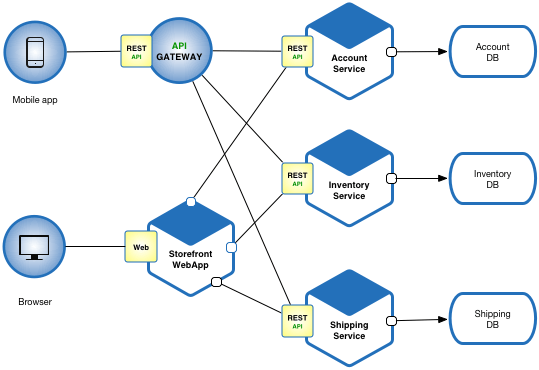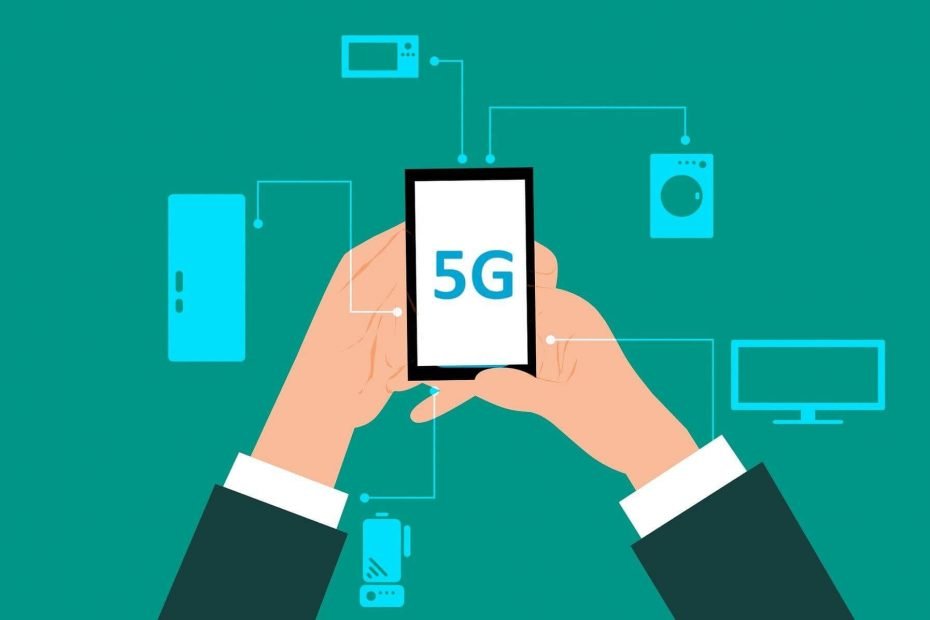5G has arrived, and the telecommunications industry is struggling to find the balance between commercializing 5G and evolving to prepare when it actually does. Amidst this ongoing process, many other industries have also struggled to adhere to the newest communications and computing technology standards in general. With the fifth generation of the mobile communication networks promising prominent change in terms of faster speed, better connectivity, and reduced delays – several network operators can see the impact of microservices growing for 5G service-based architecture. But do we understand the basics of microservices enough to understand how it can impact and help enable 5G? Let’s find out what 5G does for microservices.
What Are Microservices?
First and foremost, in order to clear the ground regarding the impact of microservices, we need to know what microservices are. Although understandably, microservices is a buzzword and consequently finds its use in multiple technological contexts, it still comes from a singular pattern of applications known as Microservices Architecture.
Hence, it is an architectural style of a monolithic application suite that structures the said applications categorically based on services, such as:
- Loosely coupled services
- Independently deployable services
- Services owned by a smaller team
- Services organized as per the business capabilities
- Services that are highly maintained and easily testable
Therefore, as you can see, each service can be easily categorized based on the business functions it performs despite communicating with the other set of microservices via interfaces that are well defined and usually stateless.
Unlock the future of intelligent applications with our cutting-edge Generative AI integration services!

Many people are unaware that many upgradeable and people’s favorite platforms like Amazon and Netflix have migrated from their dated monolithic architecture to microservices architecture for many beneficial reasons. For instance, microservices are categorized based on different business functions. So the developmental team can easily focus on each category of specific services.
Moreover, they are conjoined yet independent, making microservices easier to update than traditional monolithic architecture. The smaller components are compatible yet can break apart to work upon separately. Consequently, this makes the microservices architecture more flexible for the platform as each of the varying services is only responsible for their intended task.
Safe to say, the essence of microservices architecture is in the independence it offers, which is why it has become increasingly popular among tech and communication experts. The whole independent yet loose coupling is exactly the kind of structure anyone would desire for a complex enterprise solution like Amazon or eBay. You get a wider range of technology stacks to choose from while identifying hot services and scaling them for the level of ease to difficulty.
Quite obviously, one might feel that the microservices architecture is just perfect. Especially after realizing all these immense benefits, it seems impossible that there is even any room for improvement. However, that’s exactly where the 5G technology enters the big picture. It is bound to turn this almost perfect structure into something even more robust.
-
 GSA HACS Principal Security Architect$153.15
GSA HACS Principal Security Architect$153.15 -
 GSA IT Consultant$81.12
GSA IT Consultant$81.12 -
 GSA Cloud Senior DevSecOps Consultant$143.62
GSA Cloud Senior DevSecOps Consultant$143.62
What Is 5G Technology?
5G is literally short for Fifth Generation. Basically, it is the fifth generation of communication technology development that is said to provide a speed hike of 40% from the previous fourth generation of 4G LTE communication technology.
While numerous technologies are playing a vital role in developing and commercializing 5G, for instance:
- Beam Forming
- Millimeter-Wave
- Massive MIMO
- Full Duplex
- Small Cells
The coupling for 5G with Microservices architecture is a match made in IT heavens. Combining the potential of both the 5G and microservices technologies is not just immensely beneficial for the up and coming 5G Microservices but for the 5G technology itself. The collaborative nature of both is powerful enough to change the whole world of IT as we know it.
5G Does for Microservices
After realizing the competencies both 5G and microservices architecture have to offer, there is no denying that the two technologies are coming together to form one powerful core network.
Core Networking Technology
Microservices will play a vital role as a core networking technology for the 5G ecosystem. This will allow the complex structure of the 5G technology ecosystem to be easily categorized like microservices architectural structure – independent yet communicating with each other via Implementation Independent Interfaces.
Ease of Distribution
Microservices are easy to distribute, as we discussed earlier. Hence, this very quality makes them easy to distribute within the 5G network. They are both lightweight in nature and don’t even take up a big chunk of memory for processing power making them an easily deployable solution for 5G.
Isolated Updates
5G microservices can make it easy for the network carriers to allow isolated updates for the services. As each of the microservices gets updated as and when needed, the updates are in complete isolation from others and the more granular yet affecting whole of the 5G ecosystem.
Hyper-Connectivity
Microservices architecture is bound to provide hyper-connectivity to 5G connections. From the session setup to scalability and procession transactions, all of these methodologies will be sped up by microservices.
In Conclusion,
Even though we can say for sure that the 5G technology and microservices architecture will find ways to benefit each other, there are certainly challenges along the way. Especially given the fact that how much of a perfected structure is of Microservices, making improvements in such a complex technological space has a level of difficulty to it.
As this huge leap ahead in the realm of communications technology in a combination of HTTP2.0 protocol and microservices-based life cycle can easily allow implementation of an extravagant upgrade of apps and service switching – it is safe to say that what was just a theory has a huge potential of becoming a concrete reality soon enough.
From monolith to microservices transformations, cloud-native, or develops, CCT is your partner for success. Contact us with the date and time for a no-obligation cloud consulting assessment and starting your journey right away!
Further blogs within this 5G Does For Microservices and Top 5 Secure Coding Methods category.

